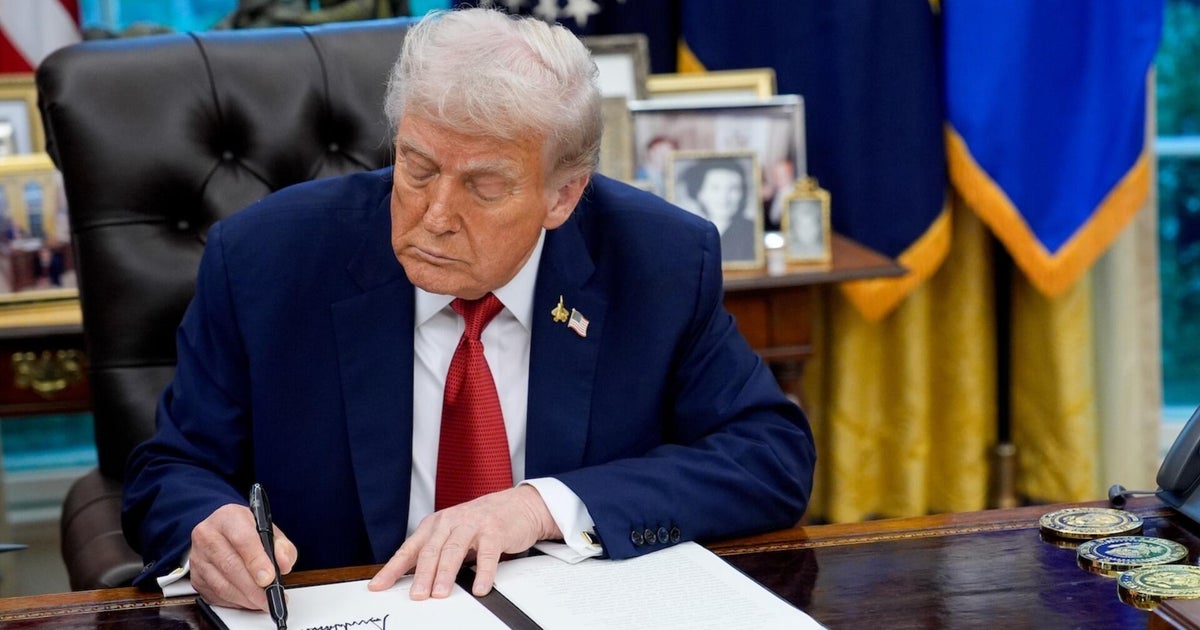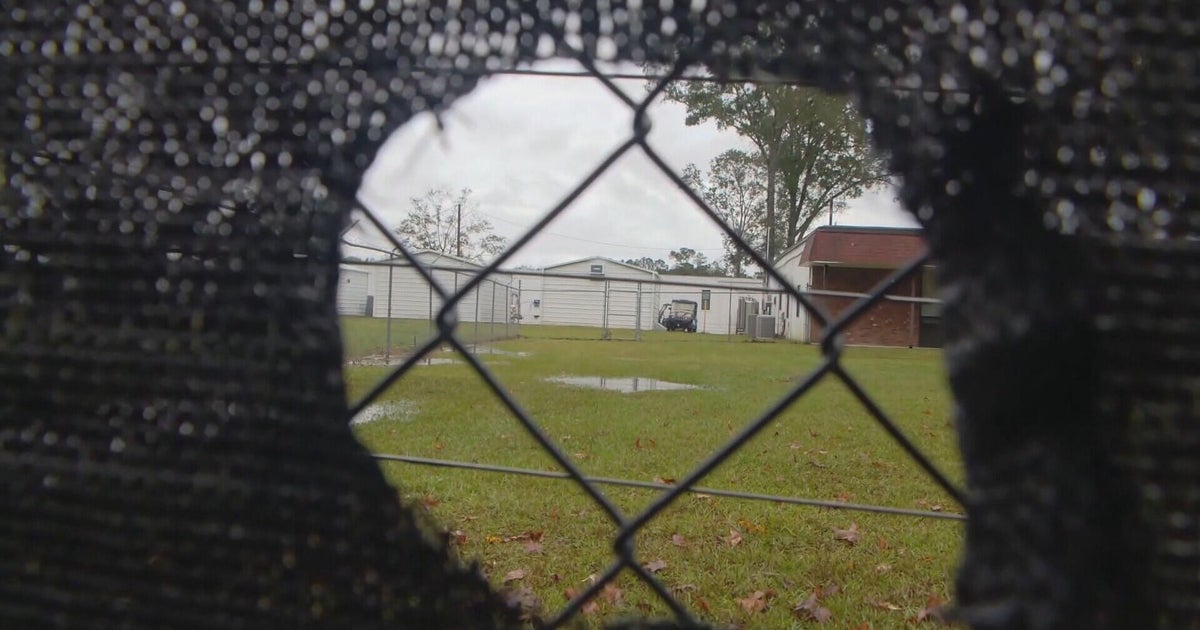A lifeguard funding spat that could leave popular western suburbs beaches unpatrolled this summer has prompted a co-ordinated pushback from councils who warn lives are at risk.
Hobsons Bay Council this week committed to fighting a request from Life Saving Victoria to pay an $88,101 contribution to lifeguard patrols at Altona and Williamstown beaches this summer – a service it says it has never paid for.

Williamstown beach in February this year.Credit: Luis Enrique Ascui
Paid lifeguards have previously been funded by Life Saving Victoria through grants received from the state government.
But Life Saving Victoria has warned that without the council’s financial support, it won’t provide a paid lifeguard service at all for Williamstown beach, and will reduce the number of days it patrols Altona beach.
Volunteers already patrol those beaches on weekends and public holidays during summer.
Other councils have also received the Life Saving Victoria notice to pay up, and have warned the “ad hoc” funding model is unsustainable.
“Councils cannot absorb any additional costs, and any proposal to reduce water safety, water rescue, or drowning-prevention services ahead of summer is deeply concerning for local communities,” said Jennifer Anderson, president of the Municipal Association of Victoria.

Hobsons Bay Mayor Daria Kellander says the state government’s decision to not fund lifeguards is a kick in the guts to locals.Credit: Jason South
Hobsons Bay Mayor Daria Kellander argued Life Saving Victoria’s funding should come from the controversial new Emergency Services and Volunteers Fund Levy.
“They are collecting an additional $9 million in the ESVFL from our municipality alone,” Kellander said at the council meeting on Tuesday. “So from that, you would have hoped that they would find an extra $90,000 for an emergency services partner.”
The meeting resolved to band together with other seaside councils to lobby the state government for an increased funding guarantee for Life Saving Victoria.
Earlier this month, Bass Coast Shire – which has historically paid for its lifesaving services – sounded the alarm over what it called a “drastic” request to increase its contributions from $98,082 to more than $260,000 – an increase of more than 160 per cent.
Frankston Council also recently received a bill for $44,050 to provide paid patrols at Frankston beach. Unlike Hobsons Bay, it agreed to cover the bill but flagged concerns about so-called “cost-shifting” – where the state transfers a service to councils without providing the necessary funding.

Some Melbourne beaches may see a cut-back in lifeguard patrols this summer.Credit: Paul Rovere
Port Phillip acting Mayor Bryan Mears lashed the state government over the funding stoush, noting ratepayers had already borne the burden of congestion charges, waste levies and reduced funding for libraries and maternal child health services.
Kingston Council has also joined the opposition, but said it was yet to receive a request from Life Saving Victoria.
Some local governments – including Mornington Peninsula, Geelong and Wyndham – financially contribute to Life Saving Victoria.
The services’ annual report shows a surplus of more than $850,000, but a notable decline in grant funding, which is the organisation’s primary revenue source.
The funding dropped from over $14.9 million in 2022-23 to $13.8 million in 2023-24. The report notes that government funding includes an $11.4 million contribution from the Department of Justice and Community Safety.
A government spokesperson did not clarify whether funding had been cut this year or what had prompted the pitch to councils but nixed the idea of paying for lifeguards through the Emergency Services and Volunteers Fund Levy.
“The government is working closely with LSV on this and will continue to provide the lion’s share of lifeguard service funding, with councils and LSV’s own revenue making up the rest — because everyone needs to play their part in water safety.”
In a statement, Life Saving Victoria confirmed it was “reviewing how it delivers paid lifeguard services this summer in response to rising costs and constrained funding”.
A spokeswoman confirmed there was “no consistent, long-term funding model in place for paid lifeguard services across Victoria”, and that the issue did not affect volunteer lifesaving patrols.
According to a recent National Drowning Report, there were 52 drownings in Victoria between July 1, 2024, and June 30, 2025 – an 8 per cent increase compared to the 10-year average of 48.
Most Viewed in Politics
Loading


















































